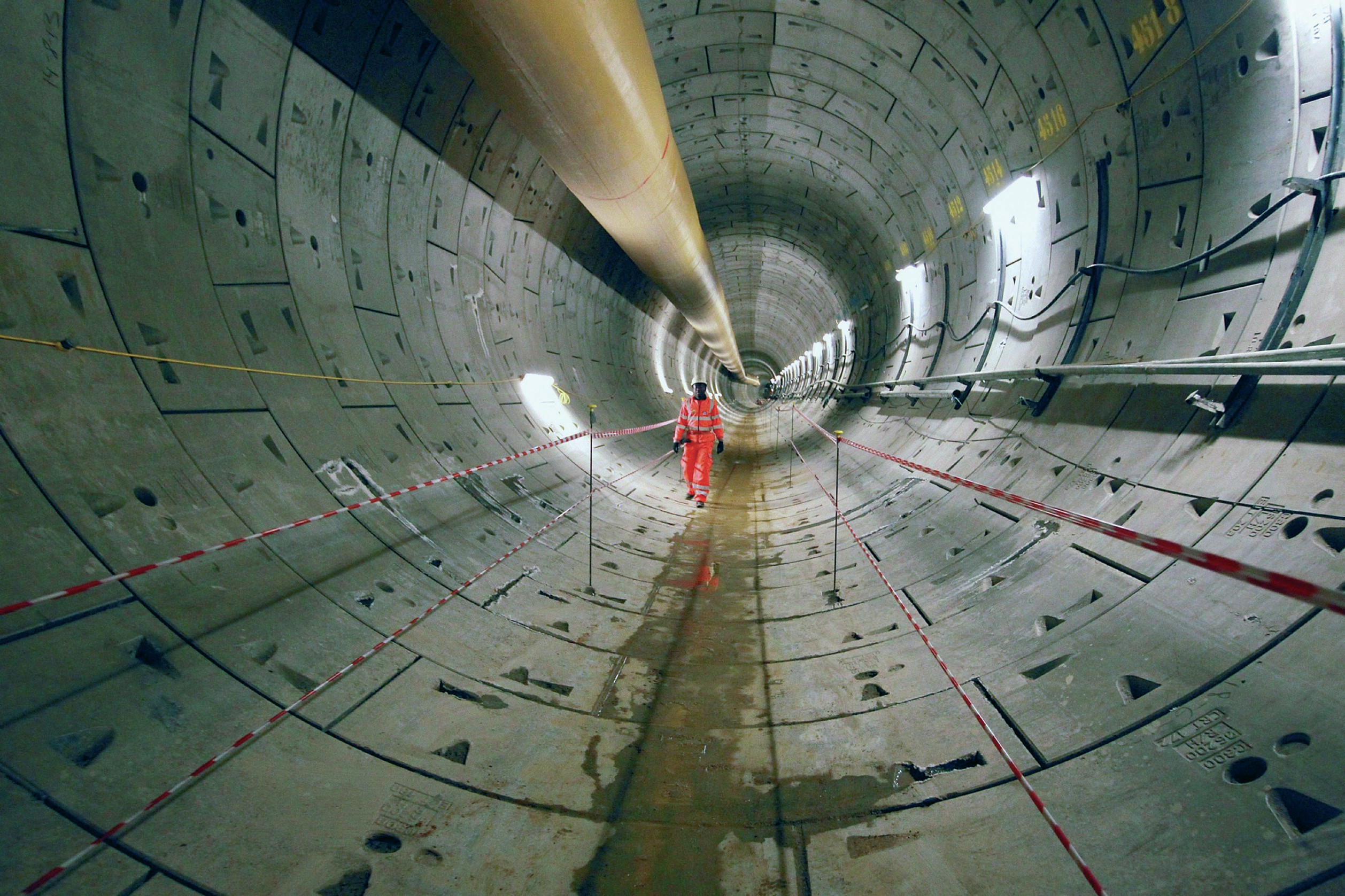
Crossrail is an east–west rail project under construction across London and is currently the largest infrastructure project being undertaken in Europe, at an expected cost of £15.9 billion. The purpose of the scheme is to provide highfrequency commuter and suburban passenger services from parts of Berkshire, Buckinghamshire and Essex into central London.
With a total length of 136 km, the line will run from Reading and Heathrow Airport Terminal 4 in the west, through central London and out to Shenfield in Essex and Abbey Wood in southeast London (see Figure 1). The first proposals for cross-London railway tunnels were put forward in the 1940s but it was only in 2009 that work began on the current scheme. It is on schedule for services on the central section to begin in December 2018, with the whole line fully open by the end of 2019.
Your organisation does not have access to this article.
Sign up today to give your students the edge they need to achieve their best grades with subject expertise
Subscribe




